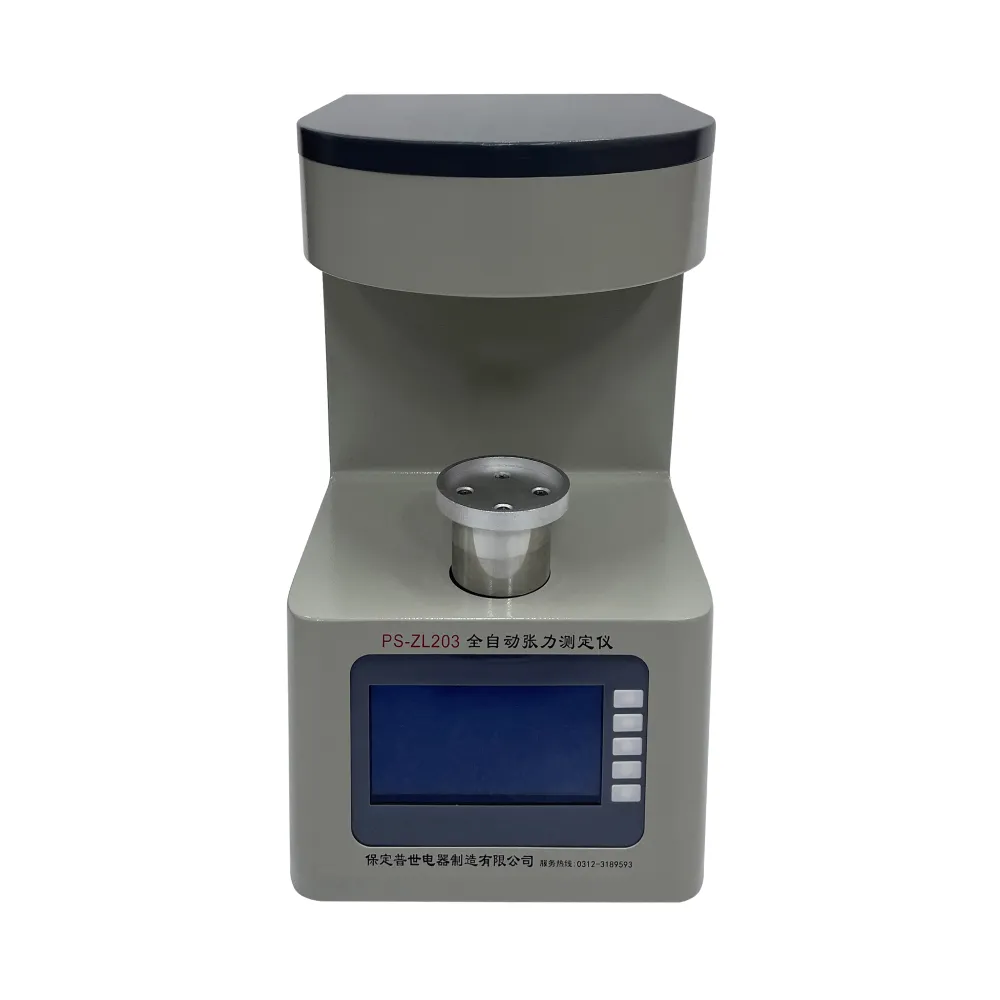 English
English


Evaluating Motor Performance Through Tan Delta Testing for Enhanced Reliability and Efficiency
Understanding the Motor Tan Delta Test
The motor tan delta test, also known as the power factor test, is a vital diagnostic tool utilized in the analysis of insulation systems in electrical motors. This test is essential for assessing the condition of insulation materials and identifying potential issues that may lead to failure or inefficiency in motor operation. By measuring the integrity of the insulation, operators can ensure the reliability and longevity of their electric motors.
What is the Tan Delta Test?
The tan delta test measures the power factor of the insulation material surrounding the electrical windings in motors. The term tan delta refers to the tangent of the delta angle, which represents the phase difference between the current flowing through the insulation and the voltage across it. Essentially, this test helps quantify how much energy is lost as heat in the insulation material, indicating its dielectric properties and overall health.
The tan delta value is expressed as a ratio of the resistive current to the capacitive current in the insulation. A lower tan delta value signifies a healthier insulation system with minimal energy loss, while a higher value can indicate degradation or deterioration, suggesting a higher risk of insulation failure.
Importance of the Test
Conducting a motor tan delta test is crucial for several reasons
1. Preventive Maintenance By regularly performing the tan delta test, facility managers and maintenance personnel can identify insulation problems before they lead to failure. This proactive approach allows for timely repairs and replacements, which can save significant downtime and costs.
2. Safety Electrical failures in motors can not only result in damage to the equipment but also pose safety hazards to personnel. Monitoring insulation condition through the tan delta test helps mitigate these risks, ensuring a safer working environment.
3. Performance Optimization Motors operating with degraded insulation may experience increased power losses, leading to reduced efficiency. By identifying and rectifying insulation issues, operational efficiency can be improved, leading to lower energy costs and higher productivity.
motor tan delta test

4. Life Cycle Management Understanding the condition of insulation helps in making informed decisions about the life cycle of electrical motors. Organizations can plan replacements or upgrades based on accurate data rather than estimations, thus optimizing capital expenditures.
How is the Test Conducted?
The motor tan delta test requires specialized equipment designed to apply a voltage to the insulation system while measuring the current flowing through it. Typically, the process involves the following steps
1. Preparation Ensure that the motor is disconnected from all power sources and that necessary safety precautions are taken.
2. Connection Connect the testing apparatus to the motor’s winding connections. This may include connecting the phase windings to the tester.
3. Testing The testing device applies a high voltage (often several hundred volts) to the insulation. During this process, it measures the corresponding currents and calculates the tan delta value.
4. Analysis After testing, results are analyzed to determine the health of the insulation. Technicians will compare the measured tan delta values against established benchmarks or historical data for corrective actions.
Conclusion
The motor tan delta test is a crucial element in the maintenance and management of electric motors. By providing valuable insights into the condition of insulation systems, it enables organizations to implement effective preventive measures, enhance safety, optimize performance, and extend the life cycle of their assets. Regular testing, combined with thorough analysis and appropriate corrective measures, is the key to achieving reliability and efficiency in motor operations. As technology advances, the methods and equipment for conducting tan delta tests continue to improve, making this essential diagnostic tool even more accessible and effective.
-
Differences between open cup flash point tester and closed cup flash point testerNewsOct.31,2024
-
The Reliable Load Tap ChangerNewsOct.23,2024
-
The Essential Guide to Hipot TestersNewsOct.23,2024
-
The Digital Insulation TesterNewsOct.23,2024
-
The Best Earth Loop Impedance Tester for SaleNewsOct.23,2024
-
Tan Delta Tester--The Essential Tool for Electrical Insulation TestingNewsOct.23,2024





